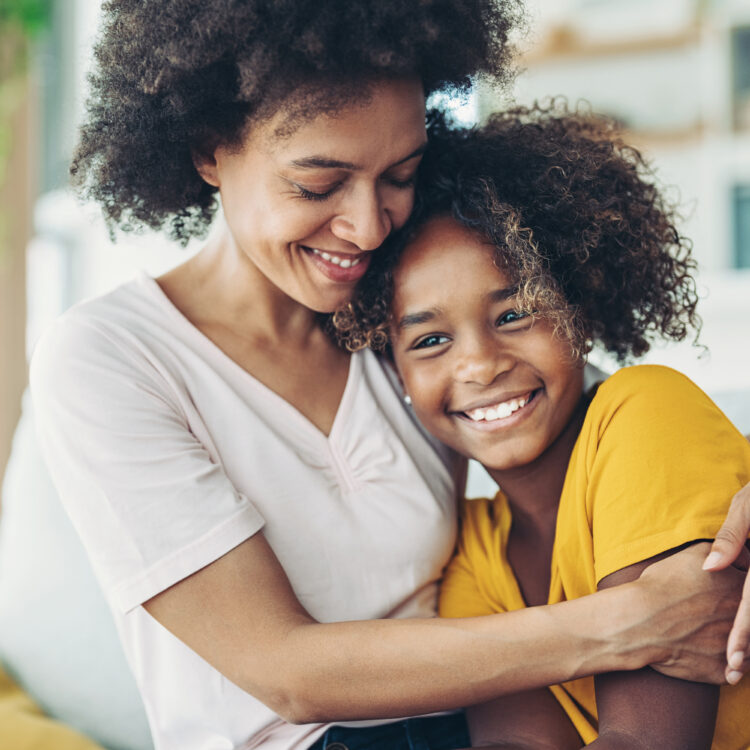What is Prevention?

What Is Prevention?
We want everyone to be free from experiencing sexual violence. For that to occur, we need to invest in primary prevention. Primary prevention means stopping harm and violence before it ever has the chance to happen in the first place. Every single one of us has the means and opportunity to engage in strategies of primary prevention.
What Can Prevention Look Like For Me?
Primary prevention encourages us to shift societal norms, educate ourselves and build awareness, be an active bystander, and demonstrate healthy relationships. When we choose to embody these values of prevention, we promote positive environments that also lessen the likelihood of violence occurring.
Actions I Can Take To Prevent Violence
Take part in educational workshops that broaden skills in establishing healthy boundaries, identifying harmful gender stereotypes, and practicing interrupting oppressive language
Contact local elected officials about the importance of funding sexual violence prevention and response services
What Can Prevention Look Like In My Community?
Primary prevention is key to building positive and thriving communities, but we can’t do this on our own as individuals. Meaningful collaboration between our peers, fellow community members, and local organizations from diverse identities and perspectives are necessary to create unique and impactful prevention strategies. Change making at the community level has the potential to generate deeper, more intersectional, and influential primary prevention efforts.
Actions My Community Can Take to Prevent Violence
Develop policies for school districts that prevent sexual harassment and assault based on feedback from students
Host a community event during April in recognition of Sexual Assault Awareness Month with local organizations
Improve the built environment of local parks and gardens to increase safe utilization and equitable access for everyone
How Can Primary Prevention of Sexual Violence Prevent Other Forms of Harm?
The goal of primary prevention is to stop harm before it ever has the chance to happen in the first place. This means that we are working towards ending sexual violence. However, it is impossible to end sexual violence without also ending other forms of harm such as inequity and oppression. Sexual violence is linked to oppression because of how our world’s systems have been created to produce inequity. A helpful tool to demonstrate this link is the “Sexual Violence Continuum.”
The continuum begins with overt forms of sexual violence such as rape. We also see that sexual violence is linked to behavior like sexist jokes and rigid gender roles. Although these may not seem like clear examples of sexual violence, they reinforce and normalize harm. This is also true for the different forms of oppression that we find at the center of the continuum. The Sexual Violence Continuum demonstrates how our prevention strategies must emphasize efforts of anti-oppression. By erasing forms of oppression, we can also work to prevent sexual violence.
Risk and protective factors demonstrate how we can better inform our prevention strategies. Risk factors are associated with a higher likelihood of sexual violence perpetration while protective factors can have the opportunity to decrease the likelihood of experiencing sexual violence by mitigating risk. Although these contributing factors should not be considered direct causes, they are based upon research that can inform best practices for prevention strategies. The Center for Disease Control and Prevention (CDC) has developed a list of risk and protective factors based upon the four levels of the Social-Ecological Model–individual, relationship, community, and societal.
Featured Tools & Resources
The Spectrum of Prevention
The Spectrum of Prevention was developed by the Prevention Institute and recognizes that creating widespread changes will take more than increasing…
Stop SV Technical Package
The CDC’s STOP SV Technical Package highlights five strategies that assist communities in preventing and reducing sexual violence. These prevention strategies focus on protective and…
